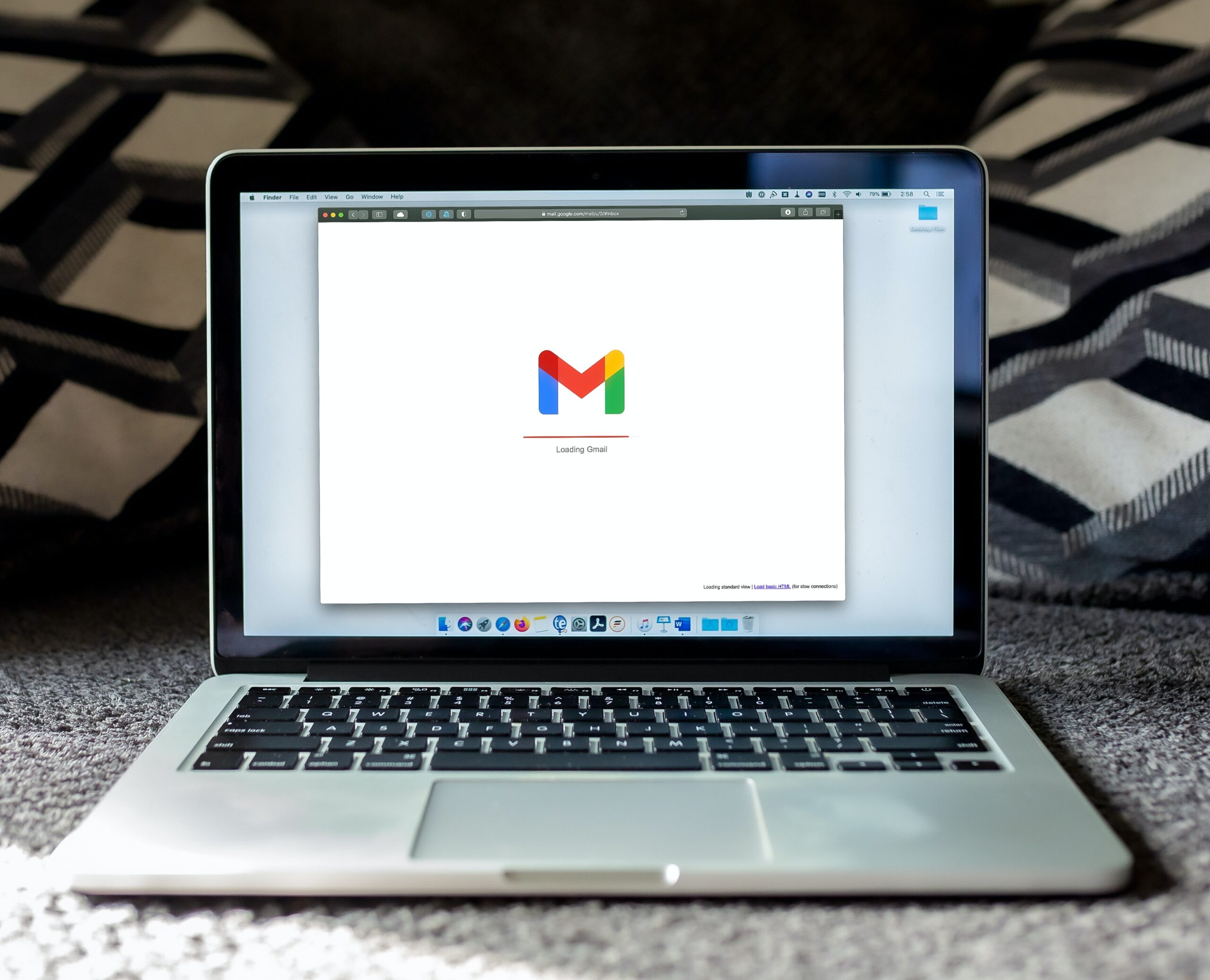We are about to venture into the crazy, fascinating and limitless world of Behavioral Economics.
Are you ready?
Truth is, whether knowingly or not, you’ll have encountered the theories and practices of Behavioral Economics many times before; you just may not have known they fell under this umbrella term.
Marketers have been using BE to shape and deliver promotional campaigns for decades. The more you’ll learn about the subject, the more you’ll come to realize the types of nudges and influences used in Behavioral theory are, in fact, little more than common sense; it’s super easy to see how and why they work!
There’s nothing sinister about implementing Behavioral Economics into your marketing campaigns. In the same way you choose the right images, words, and platforms to make clear your brand message and encourage engagement from your target audience, understanding how these theories influence human behavior can help shape your marketing plan.
Right. Let’s jump in…
Behavioral economics theory 1: The pain of paying
Consider for a moment your chosen method of paying for long-term commitments — perhaps Netflix, Spotify, gym memberships, phone contracts, or any subscriptions you’re signed up to. How do you prefer to pay for them?
Behavioral Economists argue that, as humans, we all want to avoid the Pain of Paying, which is easily done by reducing the actual frequency at which we have to hand over money, in return for goods or services.
This is why you’ll now frequently see businesses offering an “all you can eat” pricing strategy, instead of the more traditional, pay-per-use approach of yesteryear.
Take, for example, buying music in 2019. Where iTunes wanted customers to pay 99c for a song — and then a collective price for the whole album — Spotify came in with a new way of doing things, allowing users unlimited access to all the music in their portfolio, for only $9.99 a month. People flocked to Spotify, as the Pain of Paying for their music service was so much less than experienced with iTunes.
What could Apple do in response? Well, Apple Music.
How painful do you make the paying process for your customers? Is there any way you can use this theory to adapt the way users consume your product?
Behavioral economics theory 2: Pricing as a positioning tool
The price you set should be carefully considered. No surprises here, right?
But did you ever imagine that pricing something higher could actually make it sell more?
Behavioral Economists talk a lot about the signals price tags give out to customers; in one example, a jewelry maker finds one sub-range isn’t moving, so she asks the store manager to put it on promotion. Except there’s a misunderstanding, and the manager puts the price up instead. A few days later, they are all cleared out.
Why?
Pricing is a subconscious tool, used by shoppers to deduce the value of an item. Like shopping for a bottle of wine; we tend to avoid the cheapest (because we are better than that) and the most expensive (because we probably wouldn’t appreciate its quality).
What does your price point say about you?
Behavioral economics theory 3: Herding
Ever popped into a cafe or restaurant you’ve never set foot in before, simply because it looked busy? Ever then had a coffee or some lunch there and thought: “Why was this place so busy? I’ve definitely had better service elsewhere”?
My friend, you fell for Herding. And there’s no shame; we all do it! It’s human nature!
In the digital age, we see Herding theory anywhere with ‘followers’ — chances are, the more followers an account has on social media, the more followers it’ll attract.
So how can you use this to your marketing advantage?
Creating the right tribe is key. Offering your target audience a sense of belonging and community will encourage them to join in. Of course, unlike in the cafe/restaurant example, you’ll need to keep them there too.
Behavioral economics theory 4: Complexity of choice
Women’s shampoo: does there really need to be so, so many different variants? Do I have dry, brittle, damaged, thick, frizzy, fine, or fly-away hair? I don’t know!
Sometimes, as a marketer, it seems like providing ample choice and flexibility for your customer is the right approach. But how much is too much?
One Behavioral Economics study found that when presented with an in-store selection of 24 different jams, shoppers were far less likely to actually purchase any than if they only had 6 to decide between. Browsing may have been more with the bigger range, but fewer actually checked out with a jam in hand.
So, watch this with your analytics — don’t confuse commitment with mere engagement.
Behavioral economics theory 5: Reward substitution
Changing consumer behavior isn’t easy. If you’ve ever been involved in campaigning to increase positive behavior (e.g. recycling, driving within the speed limit, staying on top of dentist visits) you may have wanted to hit your head against the wall in exasperation.
If it’s the right thing to do, why don’t people want to do it?
Behavioral Economists will say: because people are irrational. We can’t rely on them to behave in a ‘right’ or reasonable way.
Providing an alternative reward, if the real benefit of using your product or service is latent or less obvious, is a great way to nudge your audience in the right direction.
Super cool — and eco-friendly — cleaning brand, method, knows what it’s doing here. Whilst they knew they could appeal to some with their environmentally-friendly credentials, they appreciated this wouldn’t be motivating for a wider demographic. It’s not easy to see why you should pay more, for a natural detergent, when the benefits of doing so (healthier oceans, for one) aren’t happening on your front door. So they made their packaging super desirable and code-breaking. And now everyone wants to have a method product on show in their home.
How directly do your customers feel the benefit of choosing your brand?
Behavioral economics theory 6: Hot-cold empathy gap
This theory is particularly interesting for anyone involved in cause marketing.
This line of work can be frustrating. You read countless reports and surveys about how people are willing to give to charity, or cut down on their energy use, or eat healthier and take more exercise; then there’s little evidence of this actually taking place.
That’s because, as humans, we are truly useless at predicting how we’ll behave in the future. It’s called the ‘Empathy Gap’ because we’ll get all hot and bothered, in the moment, thinking about how we should shift our behavior, but when the moment comes to truly make the step, we’ve kinda forgotten how compelled we felt to change.
The learning? Well, for one: take a deep breath, we’re only human!
Then: explore some of the above theories — Reward Substitution for sure — to nudge your audience in the right direction.
A keen understanding of Behavioral Economics can be a powerful device in your marketing toolkit. This has just been a whistle-stop tour of some of the most prominent theories and practices.
Want to know more about how Scribly can build BE into your copy campaigns? Let us take away the Complexity of Choice from you: just ask!




